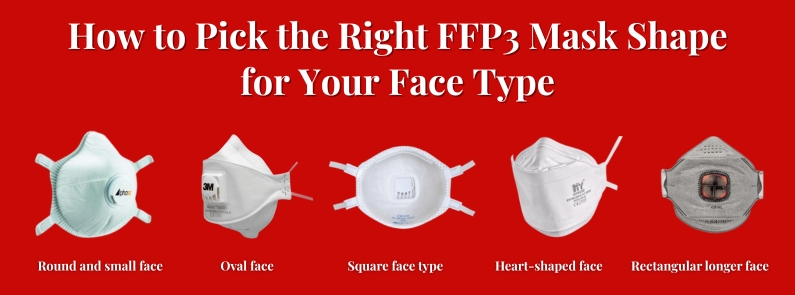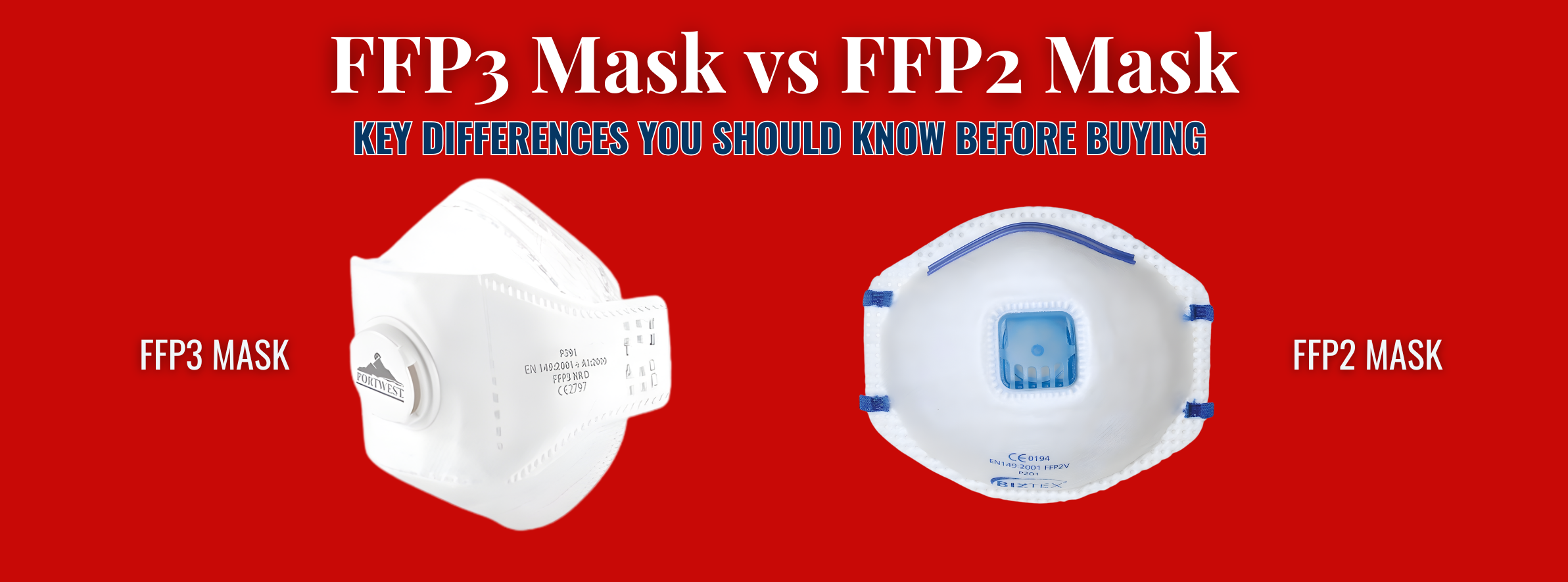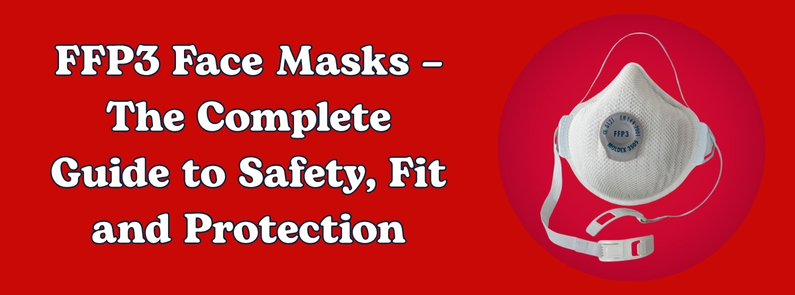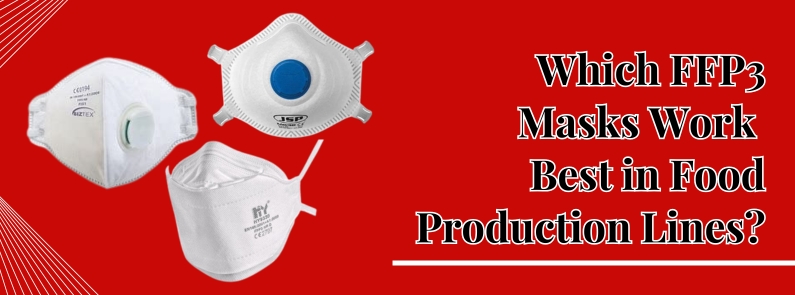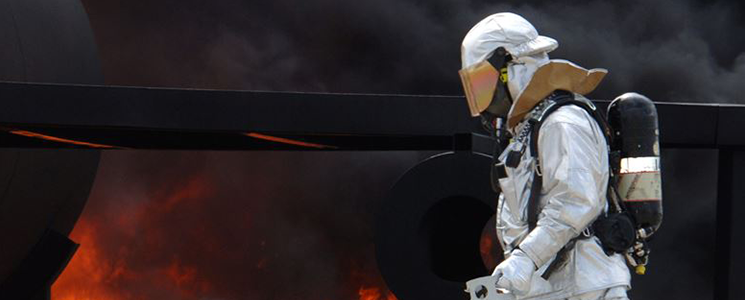
Working in extreme weather conditions or work environments that involves enduring high temperatures, are definitely the toughest one to survive. The challenges of working in extreme temperature environments are that the body of the workers gets stressed. Most of the work environments are too warm that causes heat stress and heat stroke.
Measures should be taken to prevent heat exhaustion in the workers. Loss of the body salts happens while working in a warm environment that’s the cause of heat exhaustion in workers. In heat stroke, the body overheats and fails to lower its temperature.
In the temperature range of 97.7 to 99.5 Degree Fahrenheit the body starts to develop the heat stress and after 100.4 Degree heat stress begins to affect the body that can cause harm to the brain and even lead to death.
Depending upon the work-site conditions some measures need to be taken. You can protect your employees from heat stress by reducing their work time, providing them with frequent breaks and a highly ventilated area. Though, this might not be a practical solution.
When the workers can’t escape the work area it’s better to provide them required PPE kit to keep their body temperature normal and stable.
Role of PPE in Reducing Heat Stress
Regular PPE or Protective Coveralls
Regular PPE doesn’t allow the body heat to escape. So, they’re not suitable to be used in a warm environment because this will result in overheating. If it’s required to wear protective coveralls make sure that they have these features –
- Light in weight coveralls. The light material of coveralls allows less heat to build up with easy air circulation.
- The coveralls should allow perspiration to escape. Through perspiration, the body cools down naturally.
- Select light-colored coveralls as these have the natural ability to reflect the sunlight. Dark colored coveralls absorb sunlight and heat from the outside environment.
Specially Designed PPE to Combat Heat Stress
Specially designed PPE to combat heat stress are also available. This PPE are meant to make the body cool. These coveralls work in different ways and are suitable for different applications.
- Moisture-wicking clothing - These coveralls are moisture wicking. The lighter base of these clothing allows to wick sweat away from the body and are designed to improve cooling and comfort.
- Evaporative cooling PPE – This works on the simple, most effective and inexpensive way to cool your body and protect it from heat stress. The coveralls can be made wet with cool water and the cool water extracts the heat from the body and clothes and gets evaporated.
This method is useful only until the garment is wet and cooler in comparison to your body. The moment the garment warms up you have to wet it again with the cool water.
Though your regular PPE can also be used in this way to provide the cooling effect, the main difference is that these pieces are specially designed to combat the heat by faster evaporation rate and better cooling.
Asbestos PPE are specially designed PPE that is required for working in an asbestos-laden environment. This PPE includes coveralls, gloves, respirators, safety footwear and all these are disposable except the respirators. Make sure the clothing is comfortable if the environment contains asbestos and is warm too.
Conclusion
If you’re working in a warm environment that imposes the hazard of heat stress then evaporative cooling PPE is the best choice for you to keep your body cool and safe. At the same time, this simplest kind of PPE is effective only when there’s sufficient airflow and the humidity levels are low to moderate.
In high humidity and lack of proper airflow evaporative PPE will not be much effective. It’s important to properly evaluate the work environment conditions to determine the kind to PPE that will be most effective in that particular environment.

